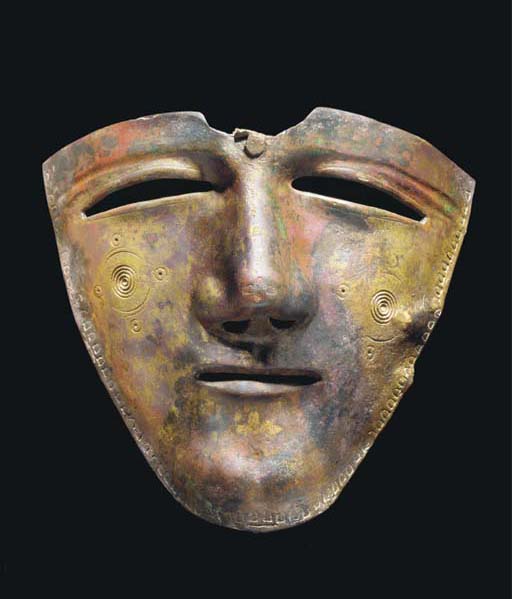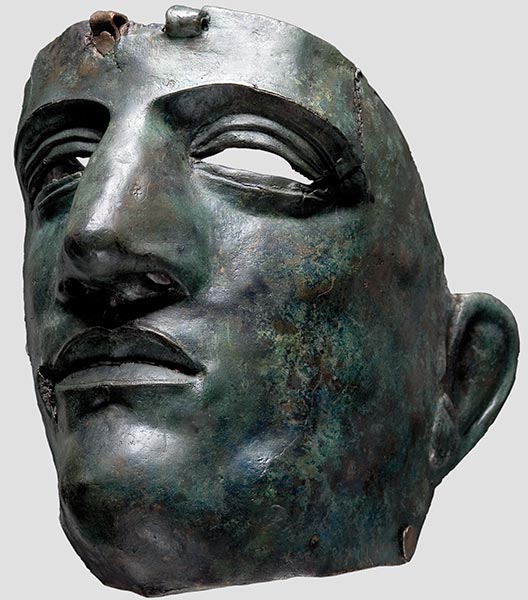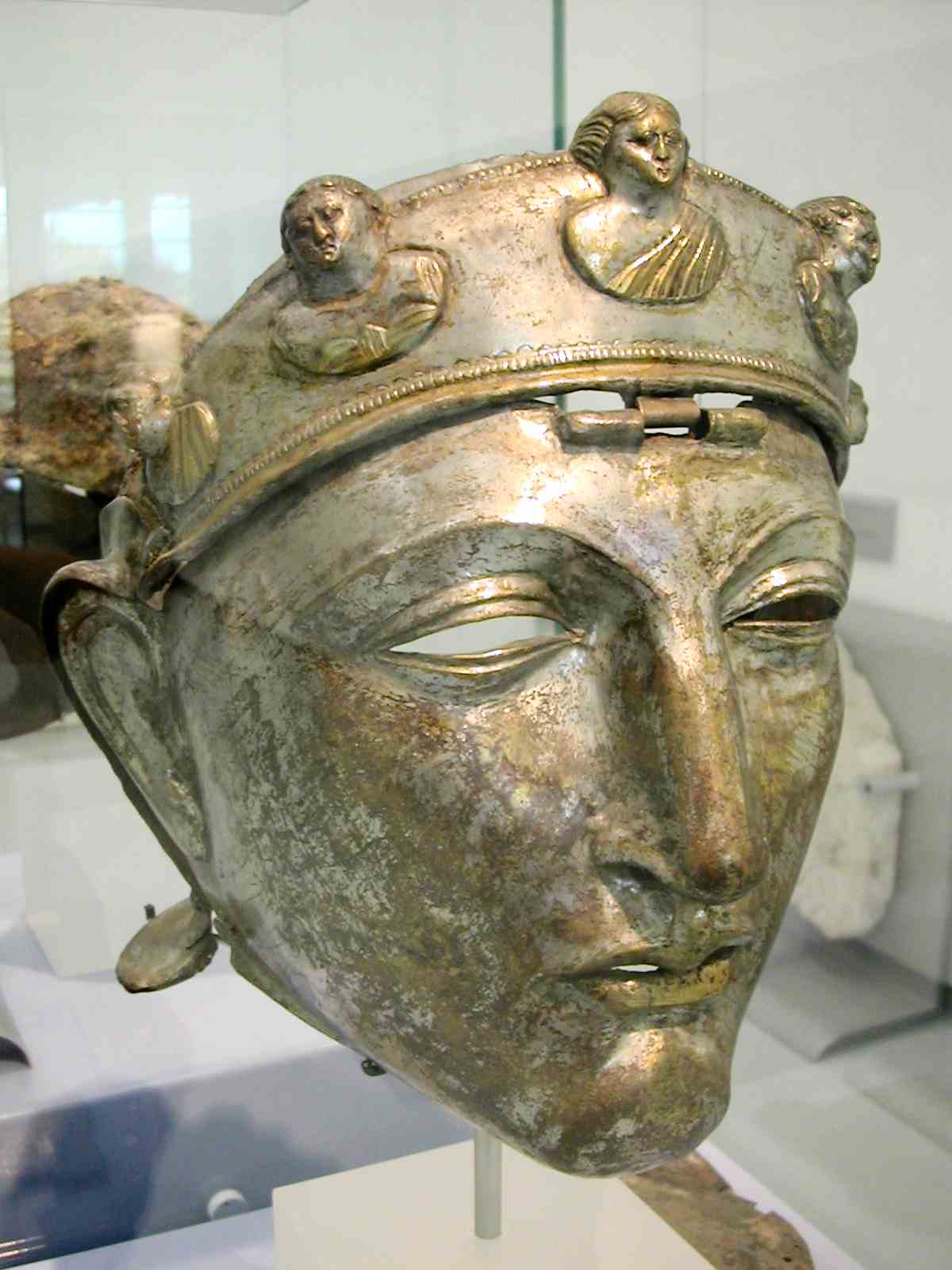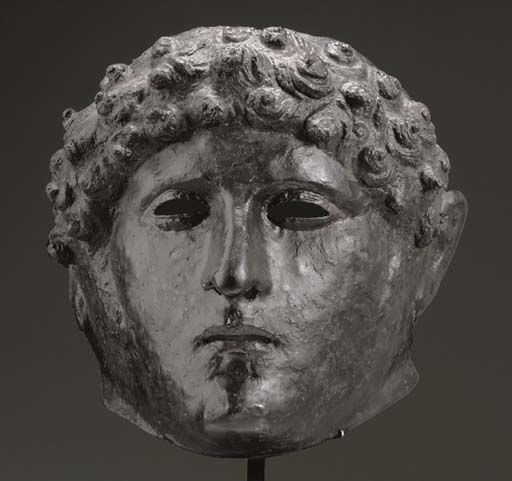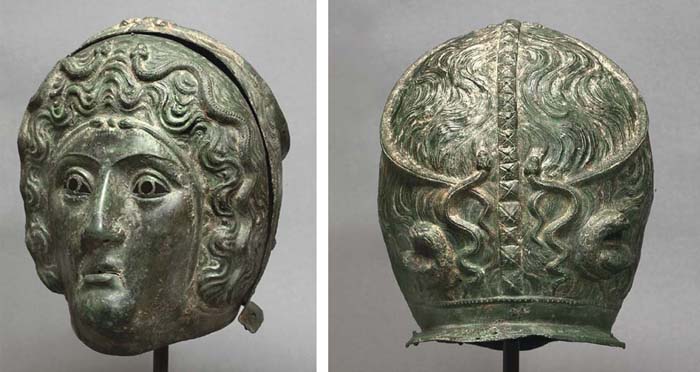Some backyard tests from a 450 lbs draw "arbalest" (really a small ballista in style if not power) made out of a leaf spring from a minivan, shooting very large bolts. Sorry for some of the cheesy aspects of the video, the penetration seems to be quite good though.
[ame=http://www.youtube.com/watch?v=xMFtSIvbnPk]YouTube - Great crossbow Arbalest Ballista[/ame]
The video clearly demonstrates the viability of a heavier bolt than some modern experts have stated were possible. The leaf-spring prod is of course very inefficient as a crossbow prod, it's designed to provide suspension for a minivan not to shoot bolts, and I think this actually offsets the longer stroke of this experimental weapon over a period arbalest at least somewhat. Though this is nowhere near anything like a serious experiment and there are so many variables it is tricky to make definitive conclusions, but clearly that is a heavier bolt than an average arrow, and though the bolt itself is also obviously crude and very inefficient (both in overal in shape and in the shape of the fins or vanes) compared to period designs, it's efficient enough to perform relatively well, better tha most other similar experiments I've seen.
My best information (including from Alan Williams book and from some data I've seen from Royal Armouries and the Lubeck Symposium) are that 1200 lb draw was more likely to be the mean for power of an historical weapon, unfortunately at this point we can only speculate how those weapons would perform because nobody has any (at least published) tests that i know of. This video gives a kind of titilating hint at best.
In my current opinion the power of this weapon in the video is actually significantly less than a much smaller windlass arbalest from the 15th or 16th Century or even a very small cranequin arbalest such as were used by mounted marksmen from the 15th Century and by hunters into the 17th and 18th Century.
G.

